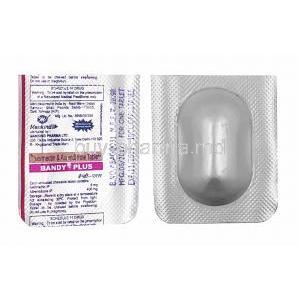What is Ivermectin
Class:
Ivermectin is a semi-synthetic derivative of a family of macrocyclic lactones called the avermectins. Ivermectin is a macrocyclic lactone used for the treatment of parasitic infections
What is it used for:
Ivermectin is used for infections of parasitic worms including onchocerciasis, strongyloides, cutaneous larva migrans and onchocerciasis. Ivermectin can also be used to control Demodicosis.
Antiparasitic Activity:
Ivermectin is active against most nematode parasites. It can also be used in the treatment of arthropod ectoparasite infestations such as scabies. Its principal indications are for the treatment of onchocerciasis and strongyloidiasis. Additionally, it shows useful activity against a number of other helminth parasites, particularly Ascaris lumbricoides.
Mechanism of Action:
Ivermectin stimulates excessive release of neurotransmitters in the peripheral nervous system of parasites. It is thought to work by paralysing the parasite or inactivating the parasite gut. In humans the neurotransmitters acted on by ivermectin are in the brain. A protective barrier, called the blood-brain barrier, blocks ivermectin from reaching the human brain.
Pharmacokinetics:
Ivermectin is rapidly absorbed with.Cmax is proportional to dose, with a value of approximately 38-46 µg/L reached after a therapeutic dose of 150-200 µg/kg. Estimates of the terminal half-life of the parent drug range from 28-56 hours.
Ivermectin is generally administered as a single dose of 150-200 µg/kg.
Adverse Effects:
In the absence of parasitic infection, the adverse effects of ivermectin in therapeutic doses are minimal. Adverse effects seen in filarial infections include fever, myalgia, malaise, lightheadedness, and occasionally postural hypotension. In onchocerciasis, skin edema, pruritis and mild eye irritation may be seen.
Pregnancy:
While no adverse effects have been recorded in retrospective studies, administration of the drug to pregnant women is not advised.





























